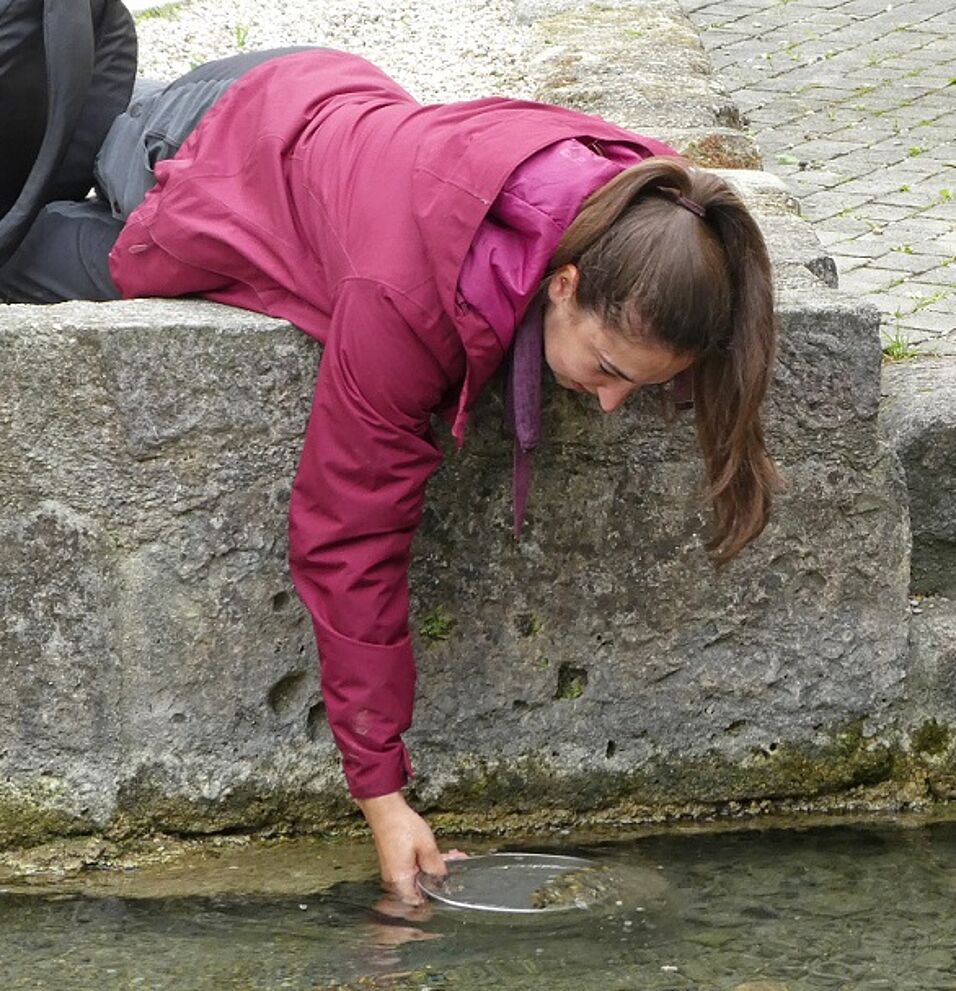Advisors: Luise Kruckenhauser
Master's Defensio - Thursday, October 28th 2021, 10:00
online via Zoom
Zoom-Meeting beitreten
https://us02web.zoom.us/j/83261728066?pwd=QUtoOG9uRmhSS3Frak00OFBTYlpTdz09
Meeting-ID: 832 6172 8066
Kenncode: 345919
Abstract
The Kalkalpen National Park is situated in Upper Austria and contains more than 800 springs. The international importance of this park is, seen from the perspective of nature conservation directives, highly significant (European nature reserve Natura 2000, recognized wetland of the Ramsar convention). In the current study the hydrobioid fauna (‘spring snails’) of the Kalkalpen National Park was evaluated. These tiny snails are difficult to determine, however, their investigation is especially desirable, as several species are threatened and as they are important for water quality assessment. The snails of 39 selected springs were examined with classical methods (shell morphology and in some cases genital anatomy) and with DNA barcodes. Sequences of a approx. 670 bp fragment of the mitochondrial COI gene were generated for 107 specimens and could be compared with already existing DNA sequences. It could be shown that in some springs of the Kalkalpen National Park rare hydrobioids, which are due to their endemic status particularly important to protect, occur in varying frequencies. The species Bythinella conica, Hauffenia kerschneri, Hauffenia wienerwaldensis and Belgrandiella aulaei could be clearly identified by morphological and molecular methods. For Bythiospeum nocki, despite the ambitious collecting effort, only empty shells were found. The data obtained can contribute to the assessment of the taxonomic classification of the species studied. The present study gives a good baseline for further monitoring of the hydrobioids in the Kalkalpen National Park or similar environments, which is important to evaluate current and decide on future protection measures for this group.

